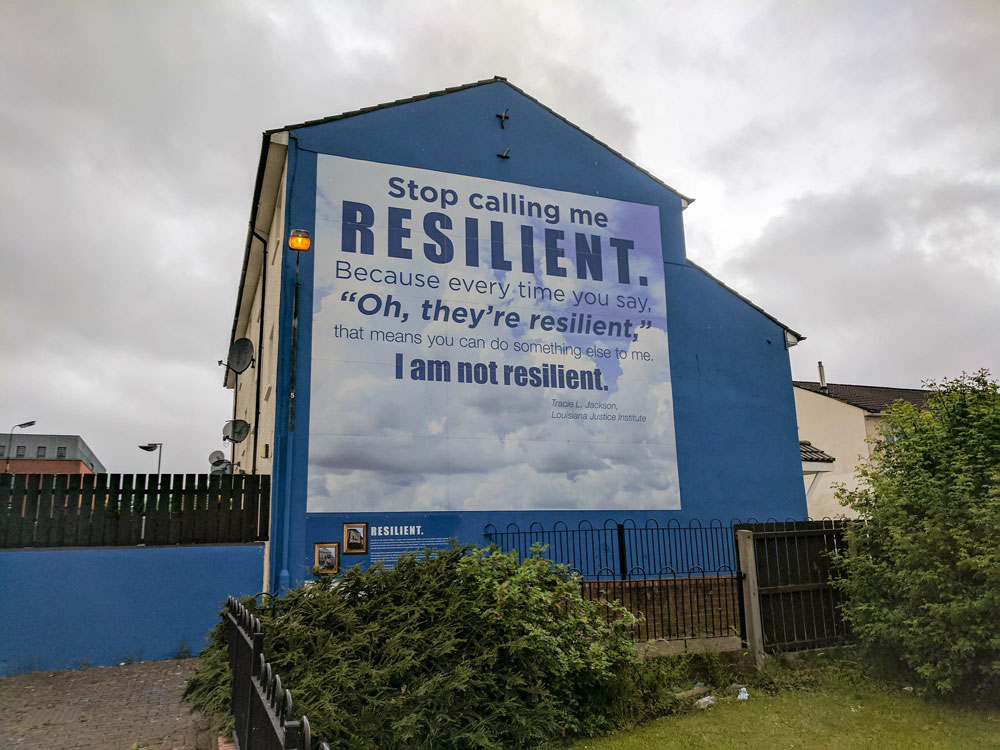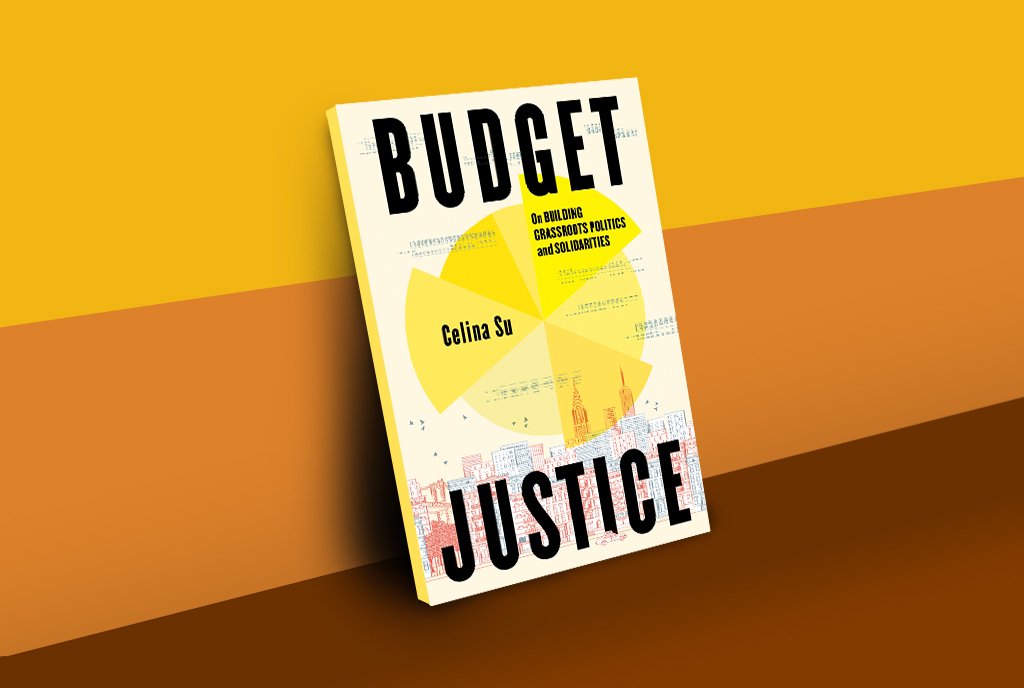
April 19, 2020; Boston Globe
Resilience can easily be seen as a neutral, even positive concept. But it’s not. A look at a recent history of the term illuminates why it is important to carefully choose our change frames, especially when designing for equity.
Resilience is defined as “the power or ability to return to the original form.” It became popular in the mid-20th century as psychologists began using it to describe people who remained well-adjusted after traumatic experiences. The concept quickly moved into engineering, where it was used to test the limits of systems. By the 1970s, ecologists were using it to describe how complex systems adapt, transform, and self-organize.
They found that in complex, dynamic systems, it is more important to be flexible enough to expect the unexpected than to plan for specific risks to the system. Thus, adaptation became more important than bouncing back, or preserving the equilibrium. Instead, complex, dynamic systems embrace change. They design for adaptation, rather than resilience.
The evolution of the term in the US hides the power dynamics involved in change.
In a recent Boston Globe opinion article, Courtney Humphries writes, “One of the key tensions in these various understandings of resilience is how they contextualize change.” Humphries notes that Jesse Keenan, a climate adaptation expert at the Harvard School of Design, “has found that people working in planning in the United States tend to fall back on more static ideas about resilience.”
A current example of this is the Boston Resiliency Fund, an effort launched by Mayor Martin J. Walsh in response to the current coronavirus pandemic. Humphries writes, “It’s about helping people bounce back from a temporary upheaval.”
Keenan sees resilience as “a pretty conservative concept because it’s about a reversion to the status quo,” one shaped by conservative US politics. He says, “We moved our general thinking in public policy away from ‘adaptation’ because republicans in Congress didn’t like the idea of transformative adaptation.”
Humphries notes, “Resilience can be appealing to governments and business leaders because it works to preserve what’s already in place, rather than challenging existing power structures.”
Resilience can be deceptive because it is framed as a win-win for all, when it actually serves to hide inequities.
Sign up for our free newsletters
Subscribe to NPQ's newsletters to have our top stories delivered directly to your inbox.
By signing up, you agree to our privacy policy and terms of use, and to receive messages from NPQ and our partners.
Humphries writes, “In reality, resilience involves tradeoffs: building resilience for one community, institution, or piece of infrastructure could be harmful to another.”
This is particularly important to highlight now, when money is being redirected to address the coronavirus epidemic, which, like the climate crisis, impacts people of color most.
And, it seems that the noxious uses of the concept are not always tempered by overlaying it with a racial equity frame. Although Boston’s resiliency efforts distinguish themselves by prioritizing racial equity, low-income residents in East Boston, a waterfront community that is over 50 percent people of color, are frustrated that efforts to make it more resilient lead to “green gentrification.”
Magdalena Ayed, the executive director of Harborkeepers, a grassroots environmental organization in East Boston, says, “Resilience can be interpreted in so many different ways, and at the end of the day, there isn’t a systems change.”
So, communities are beginning to scrutinize the impacts of resilience efforts.
A recent study of Boston’s resilience investments has found that a continued focus on developing flood-prone waterfront areas is preventing longer-term resilience for the city, especially because much of it is landfill.
The Charles River Watershed Association has been championing a viable, but unheard of alternative: “Don’t develop the land at all, and instead restore it to its previous role as a wetland, where it could protect nearby areas from flooding by absorbing runoff from storms.”
But, Humphries notes, such proposals are unlikely to move forward “in a city that gets much of its tax revenue from new development.”
Emily Norton, executive director of Charles River Watershed Association, says that not only is building on the water’s edge “really risky,” the risk is the elephant in the room.
Resilience sidesteps the core question we should be asking, especially now: Who gets to decide what is normative?—Cyndi Suarez











